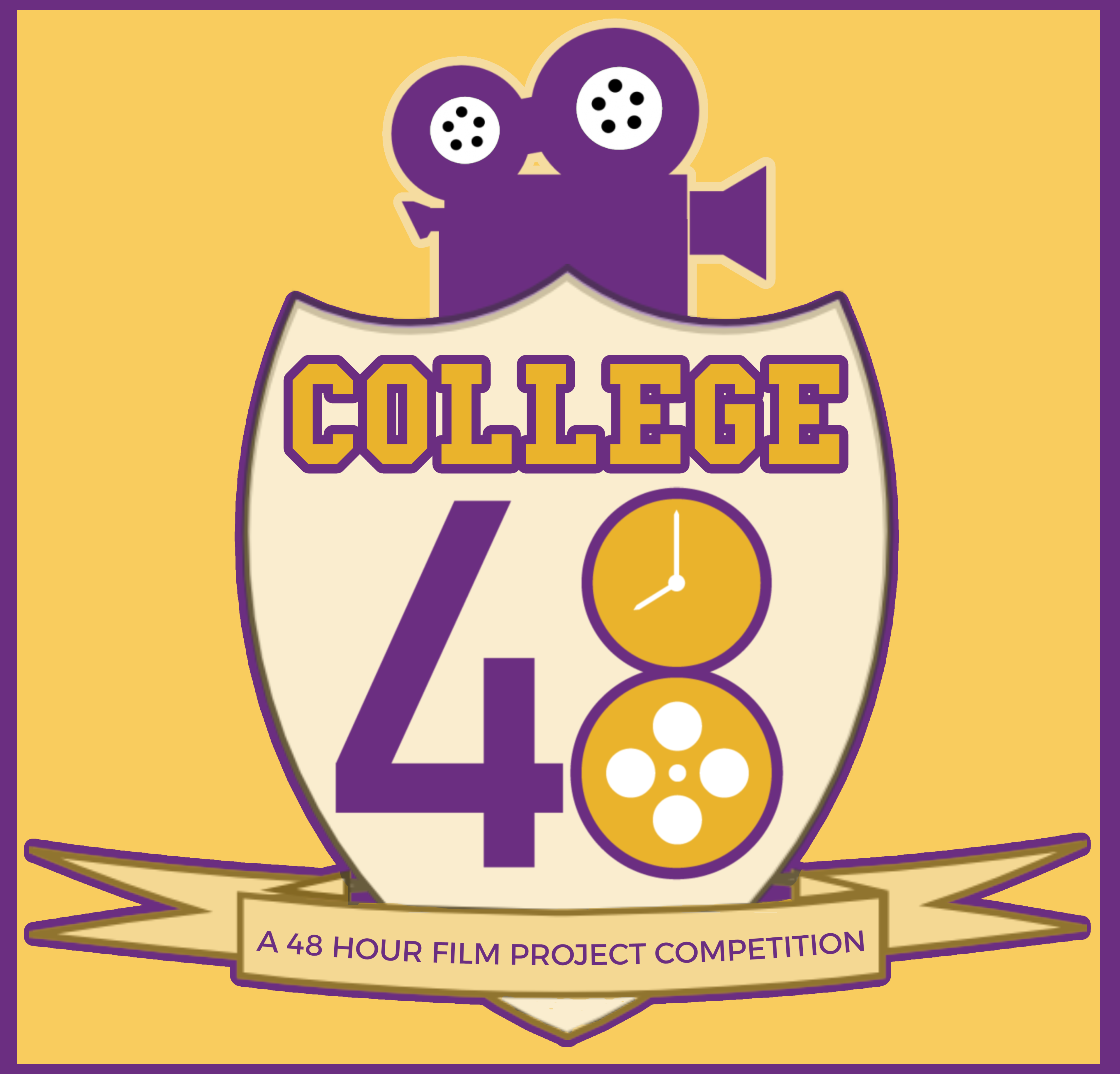West Virginia 1
Listen to West Virginia 1, a man in his 70s from Pemberton and Crab Orchard, West Virginia, United States. Click or tap the triangle-shaped play button to hear the subject.
Both as a courtesy and to comply with copyright law, please remember to credit IDEA for direct or indirect use of samples. IDEA is a free resource; please consider supporting us.
BIOGRAPHICAL INFORMATION
AGE: 70s
DATE OF BIRTH (DD/MM/YYYY): 1920s
PLACE OF BIRTH: Pemberton, West Virginia
GENDER: male
ETHNICITY: Caucasian
OCCUPATION: retired master sergeant
EDUCATION: N/A
AREA(S) OF RESIDENCE OUTSIDE REPRESENTATIVE REGION FOR LONGER THAN SIX MONTHS:
The subject spent some time overseas during his military assignments.
OTHER INFLUENCES ON SPEECH: N/A
The text used in our recordings of scripted speech can be found by clicking here.
RECORDED BY: Lynn Watson
DATE OF RECORDING (DD/MM/YYYY): 23/10/2000
PHONETIC TRANSCRIPTION OF SCRIPTED SPEECH: N/A
TRANSCRIBED BY: N/A
DATE OF TRANSCRIPTION (DD/MM/YYYY): N/A
ORTHOGRAPHIC TRANSCRIPTION OF UNSCRIPTED SPEECH:
When I was a little boy, maybe 7 or 8 years old, we had little molds, that we made soldiers out of lead. An’ so, uh, I got attached to those in such a way that it, uh, caused me to think about the service, the Army. I couldn’ get into the Marines, I couldn’ get in the Navy when — growing up, when I was become of age, so I decided to go Army. An’ I, uh, went in the Army, stayed 30 years, come out as a master sergeant. Now I’m retired for 30 years and have a good income. When I’s about 16 years ol’, they — Virginia Railroad an’ the C&O Railroad crossed in our little town of Pemberton, West Virginia, and, uh, I thought, well, I wanted to be a railroad engineer. So I got a job, uh, night watchin’, or with a night watcher, at one of our, uh, side tracks there in Pemberton. An’, uh, so I got attached to that engine, and, uh, don’t you know, I finally run that engine myself, when I was 18 years old?
TRANSCRIBED BY: Jacqueline Baker
DATE OF TRANSCRIPTION (DD/MM/YYYY): 24/07/2008
PHONETIC TRANSCRIPTION OF UNSCRIPTED SPEECH: N/A
TRANSCRIBED BY: N/A
DATE OF TRANSCRIPTION (DD/MM/YYYY): N/A
SCHOLARLY COMMENTARY:
The subject grew up in the “coal camp” (as the company mining towns were called) of Pemberton, West Virginia, and lives in Crab Orchard, West Virginia, which was once a country area outside Beckley, West Virginia, but has been built up so that it is now more of a suburb. Subjects West Virginia 1, West Virginia 2 and West Virginia 3 are father, mother and son, respectively. (Symbols are based on SAMPA. For the SAMPA Website, see http://www.phon.ucl.ac.uk/home/sampa/index.html). Lip rounding and oral space are diminished. Strong nasal resonance and strong “r-coloring” are characteristic of the dialect. Note that [I] shifts to [i] before [S], [tS] or a nasal consonant. This is one of the primary distinguishing features of the dialect. Note where the “short e” [E] is raised to [e], and [aI] shifts back towards [A], but more closed. The final consonant is dropped from “molds” so it sounds like “moles.” The idiosyncratic pronunciation is used to point up the word “lead,” where the vowel shifts to [ej] and the final consonant is forcefully exploded. There is a general diphthongization and elongation of vowel sounds. [?] replaces medial consonant in “couldn’t.” Lastly, note the consistent pronunciation of “cure” [kCU@r] in the three related West Virginia samples.
COMMENTARY BY: Lynn Watson
DATE OF COMMENTARY (DD/MM/YYYY): 23/10/2000
The archive provides:
- Recordings of accent/dialect speakers from the region you select.
- Text of the speakers’ biographical details.
- Scholarly commentary and analysis in some cases.
- In most cases, an orthographic transcription of the speakers’ unscripted speech. In a small number of cases, you will also find a narrow phonetic transcription of the sample (see Phonetic Transcriptions for a complete list). The recordings average four minutes in length and feature both the reading of one of two standard passages, and some unscripted speech. The two passages are Comma Gets a Cure (currently our standard passage) and The Rainbow Passage (used in our earliest recordings).
For instructional materials or coaching in the accents and dialects represented here, please go to Other Dialect Services.
 IDEA: International Dialects of English Archive
IDEA: International Dialects of English Archive





